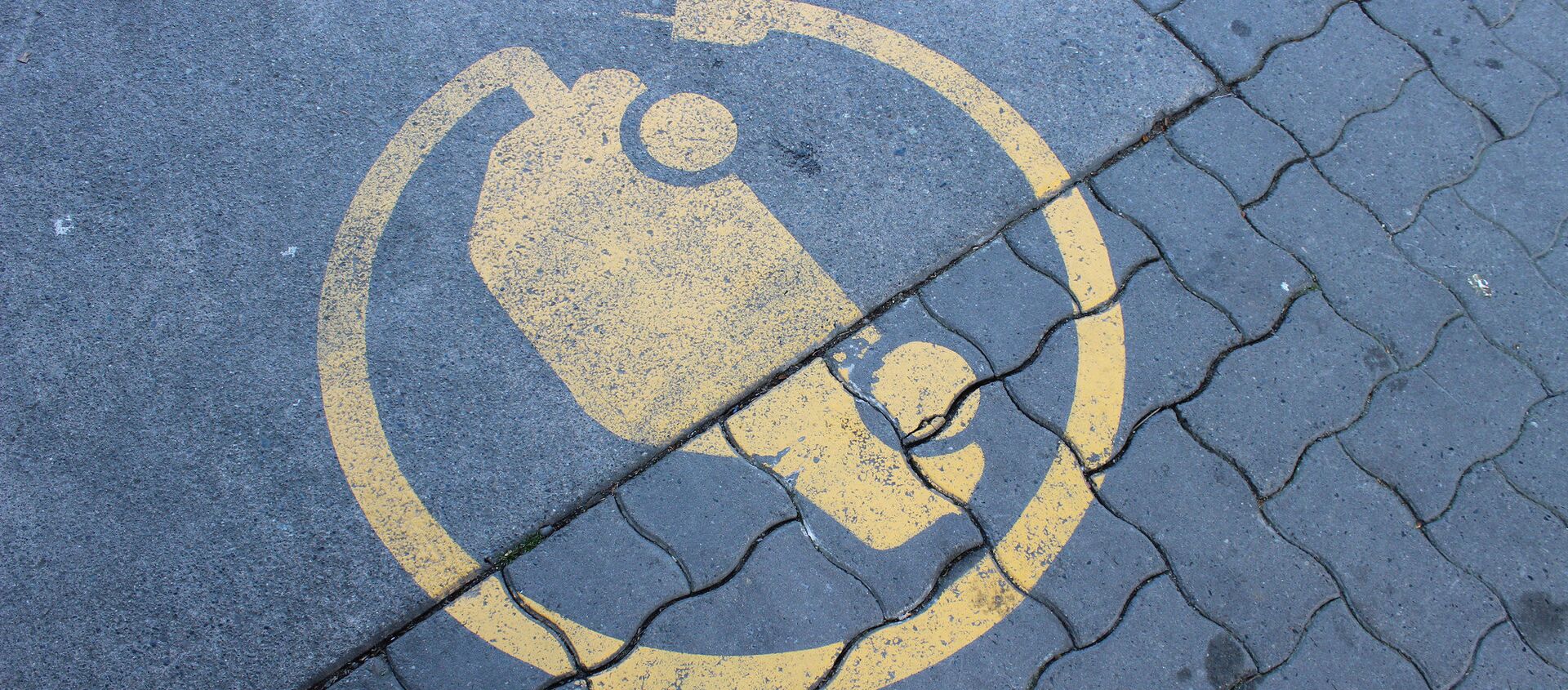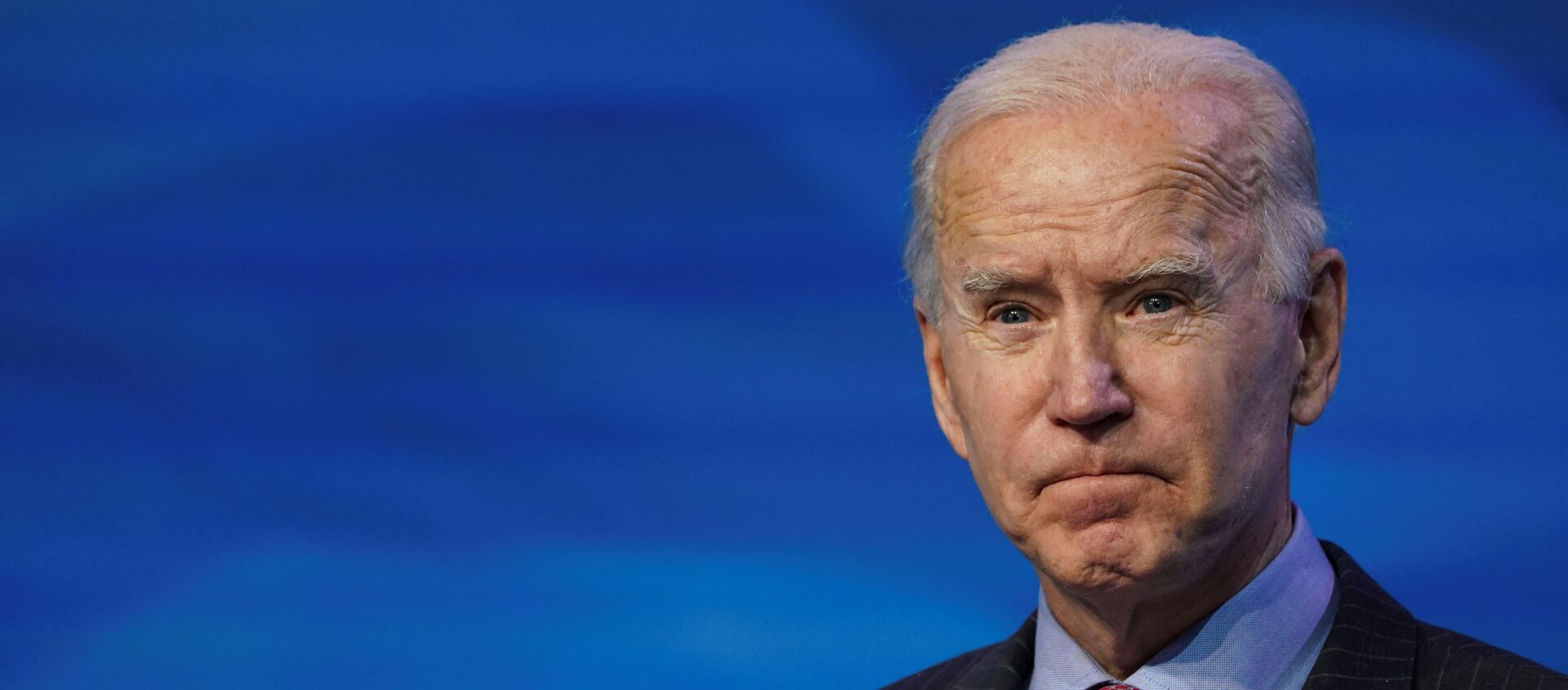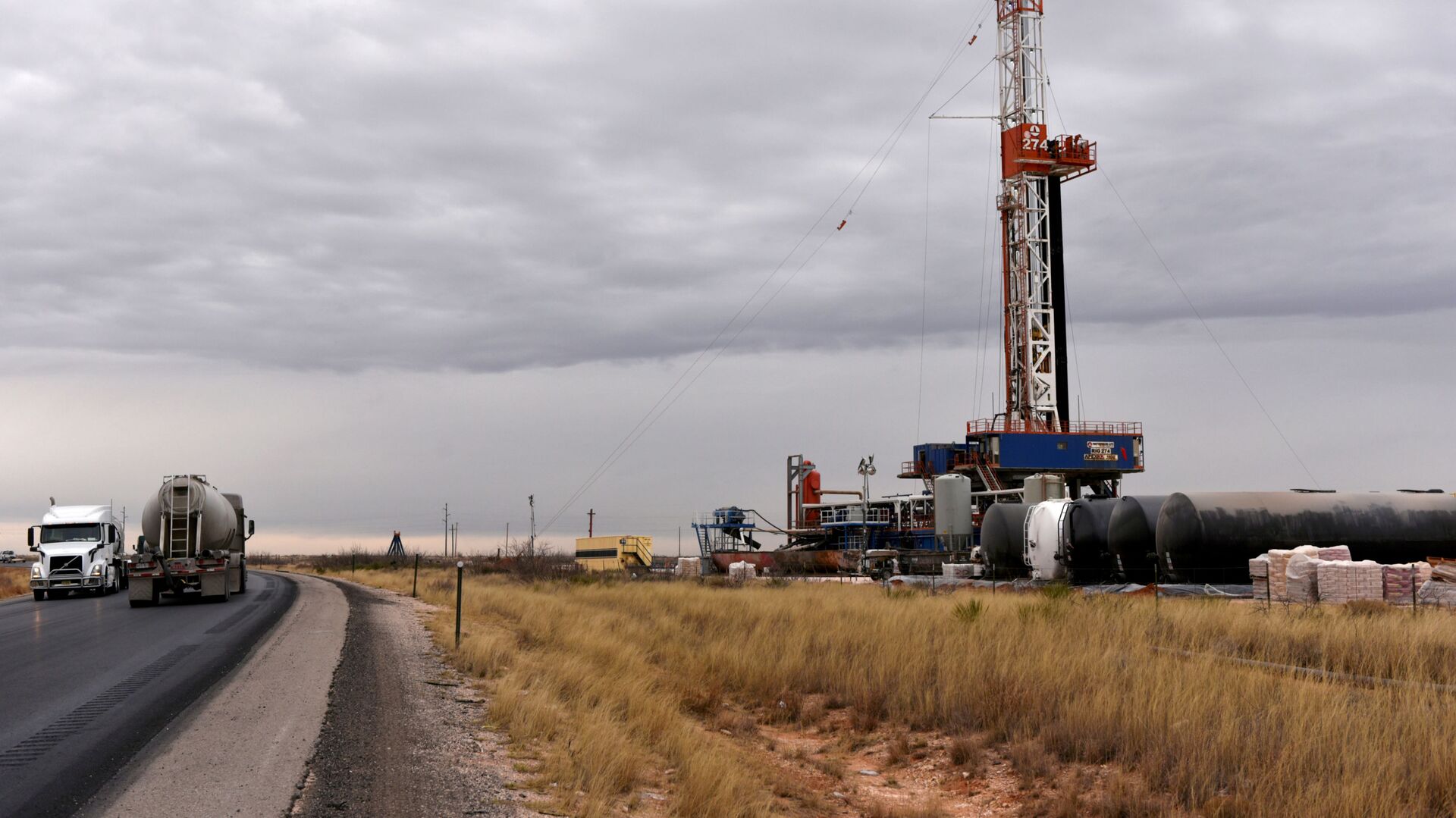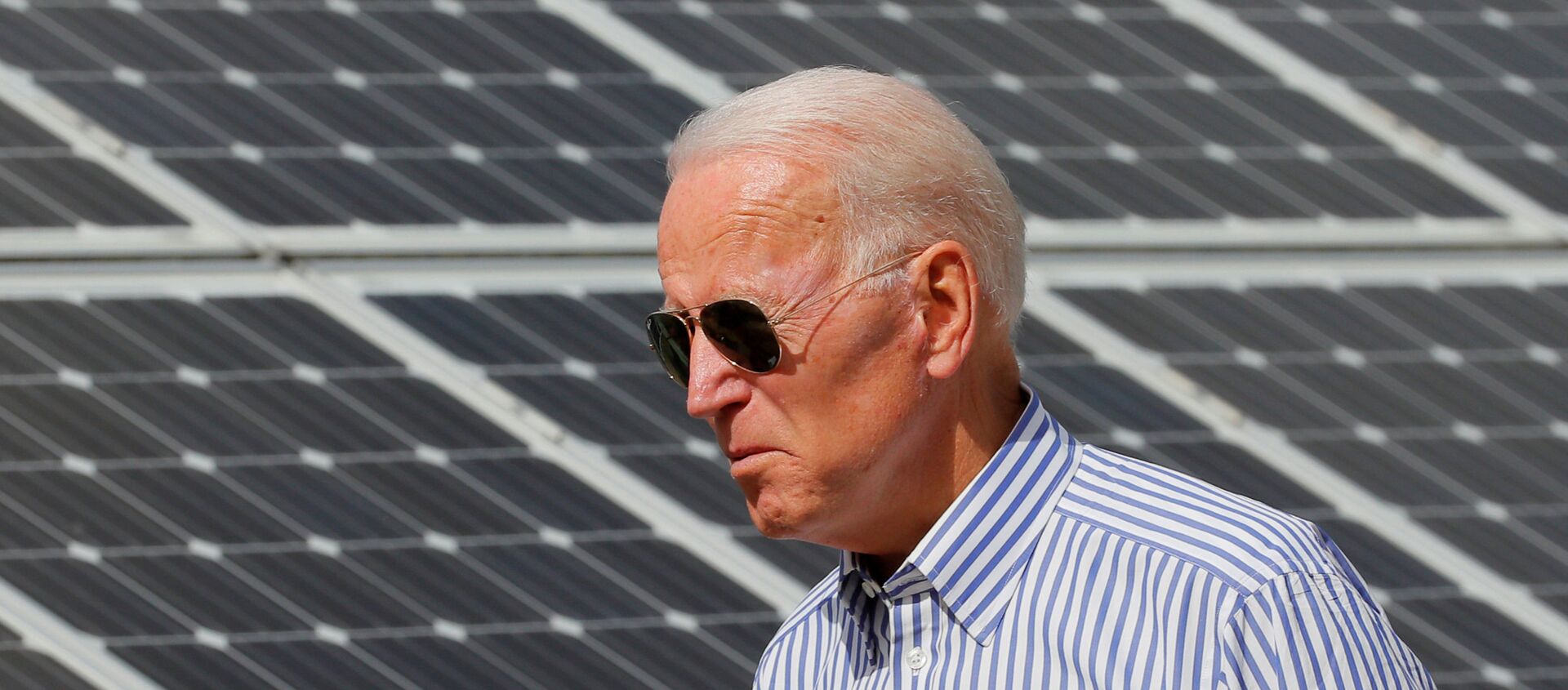Inside the Oil & Gas Sector’s Recovery – What Does This Mean for Investors?
Demand for oil and gas products is expected to reach $65 in the summer this year, analysts from Goldman Sachs have predicted.
Demand for oil and gas plummeted last year and even reached negative rates at -$37.63 per barrel in late April, OPEC figures revealed. Brent Crude traded at roughly $25 USD a barrel but recovered to $30 - $40 USD a barrel in May.
Vaccines to Normalise Global Activity By End of 2021
Vaccine rollouts are widely believed to normalise the oil and gas market, indicated by WTI prices rising from 45 USD to 63 USD a barrel in December 2020. But critics believe the rally could potentially be short-term.
Research from the US Center for Disease Control revealed Pfizer and Moderna mRNA vaccines were 90 percent effective against COVID-19, with analysts expecting vehicle use to increase in the summer this year compared to 2020.

But supplies will also be deeply hit by the oil price collapse as rig counts from March to May nosedived by over half, slashing US oil production by hundreds of thousands of barrels per day, according to figures from Baker Hughes revealed.
Other factors such as crossflow and low pumping pressure could pose risks for rigs resuming operations in 2021.
What Do 2021 Oil Prices Mean for Investors?
According to the Bank of America, WTI crude would surpass $70 in the summer and average $60 in 2021.
But higher energy prices will affect the global post-COVID-19 pandemic recovery, including fuel pump and jet fuel costs, the OECD reported.
But many US citizens have returned to normal activity, allowing oil firms to reopen wells and seek new deposits.
Firms such as 88 Energy recently found and began drilling at the Merlin-1 site near Alaska's National Petroleum Reserve, which could potentially yield up to 645m barrels during the rig's lifetime.
Future Challenges for the Oil and Gas Industry

Following the 2015 Paris Accord and US re-entry into the agreement in 2021, numerous countries have begun shifting away from combustion vehicles, including the US, China, the UK and 27-member European Union.
The US has also cancelled the Keystone XL pipeline and launched a $2tn initiative to build green energy and infrastructure.



